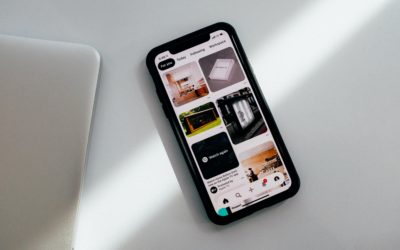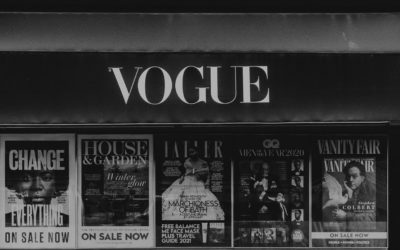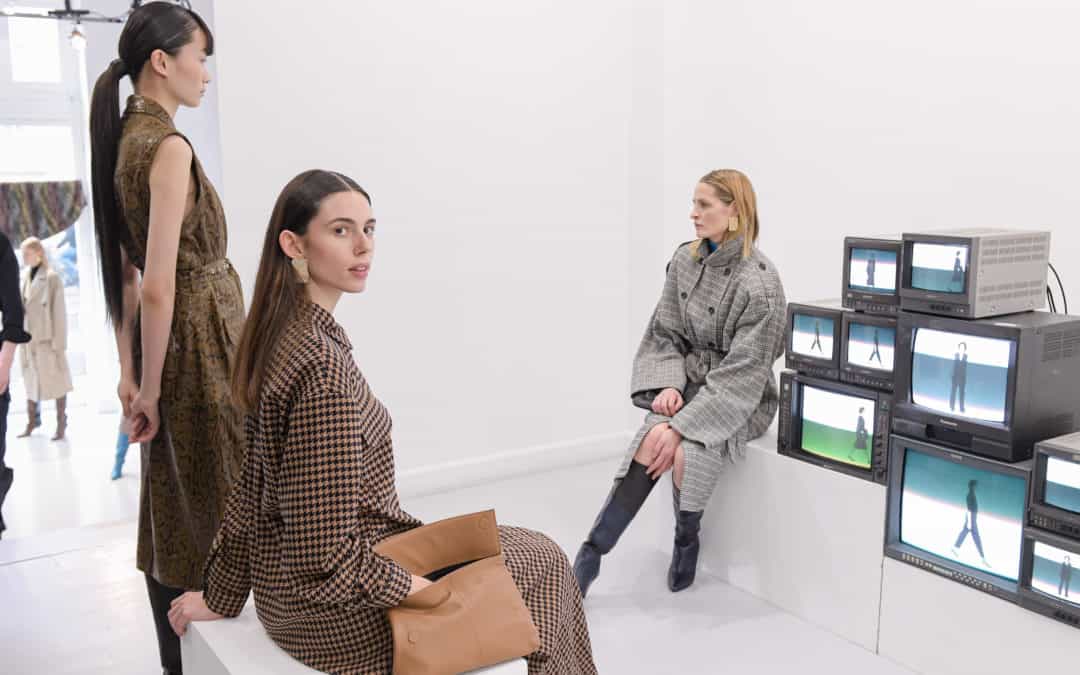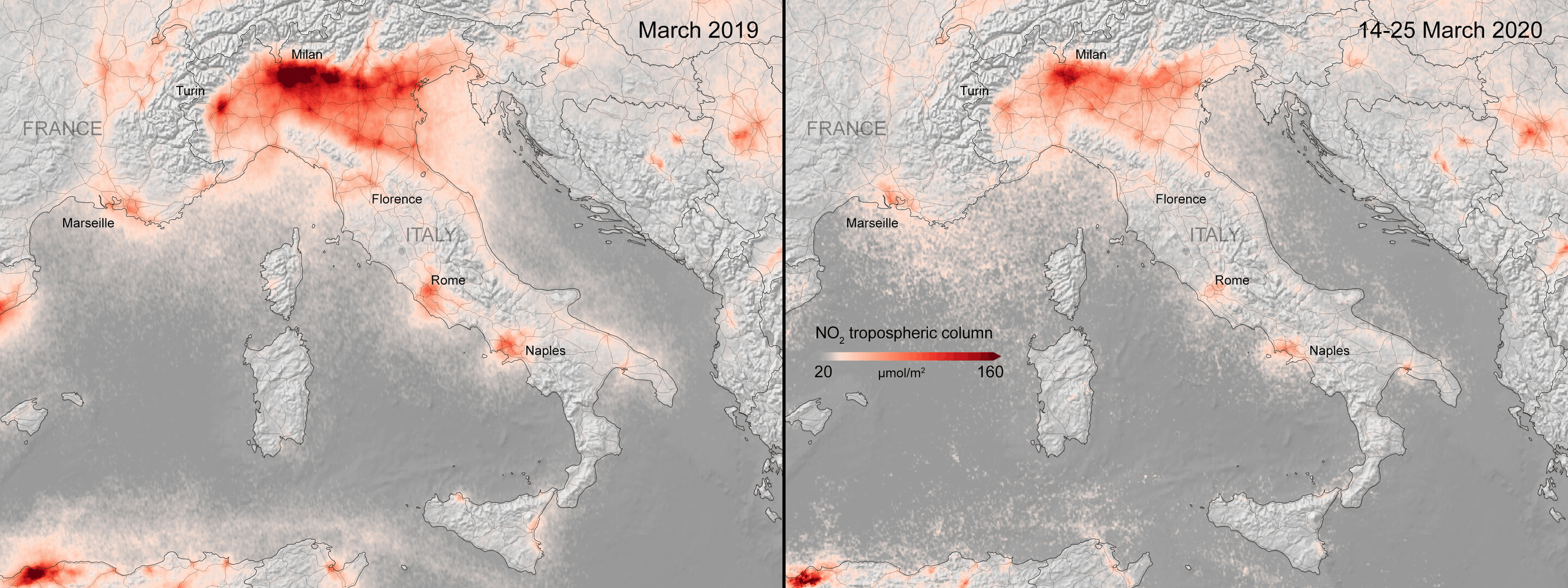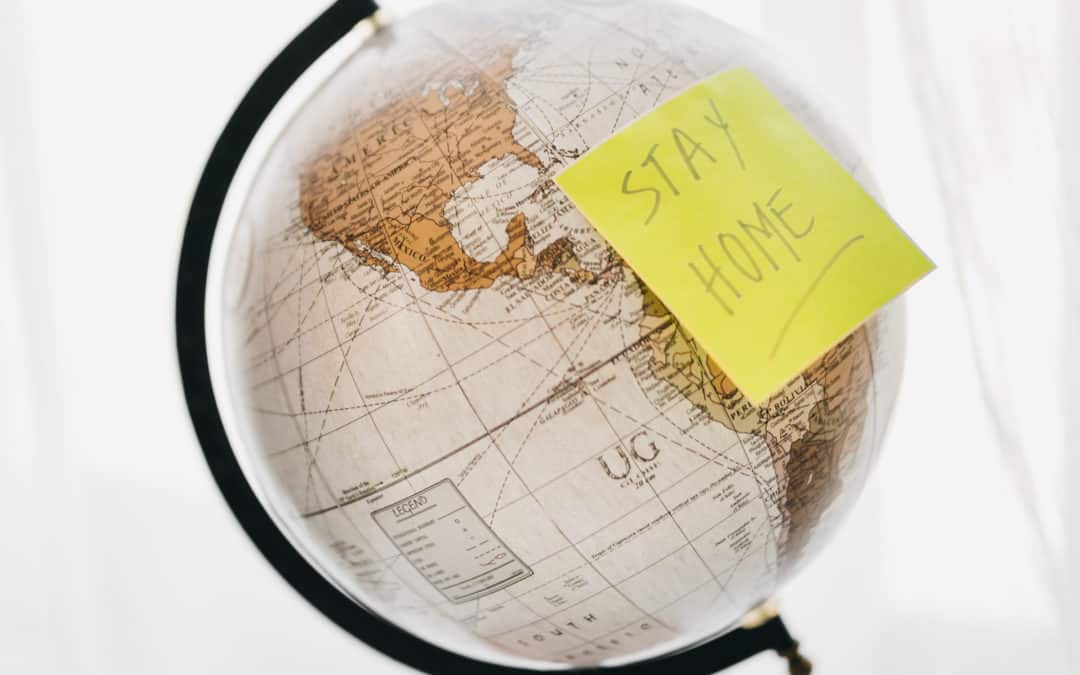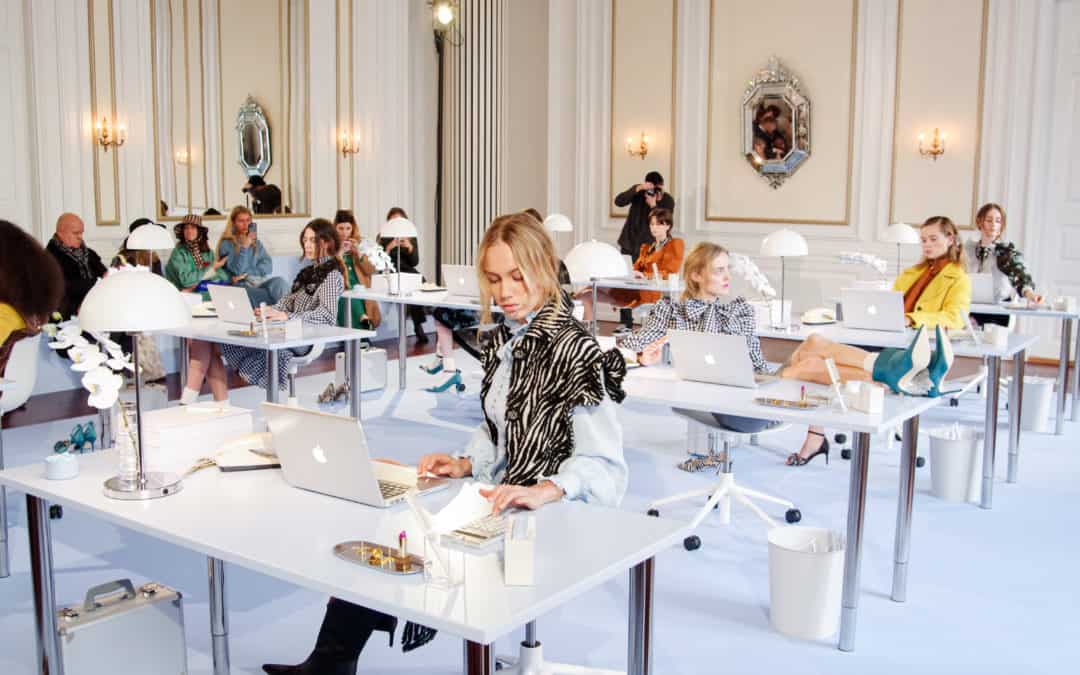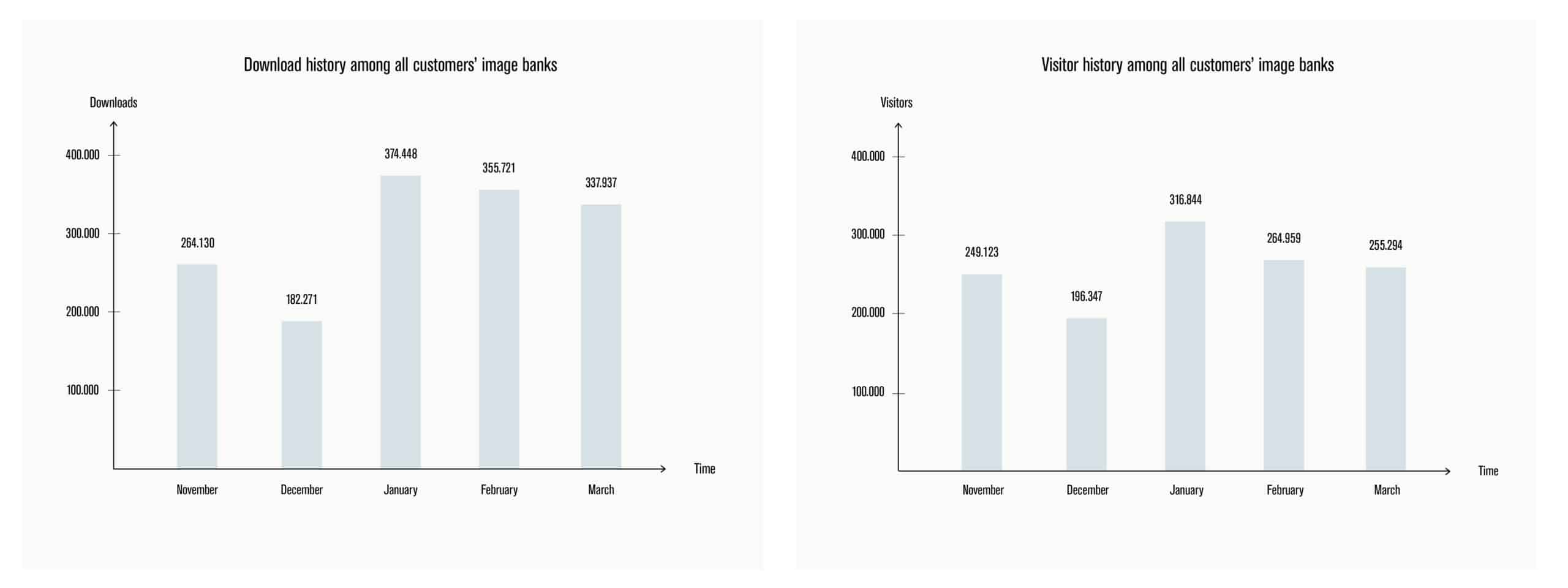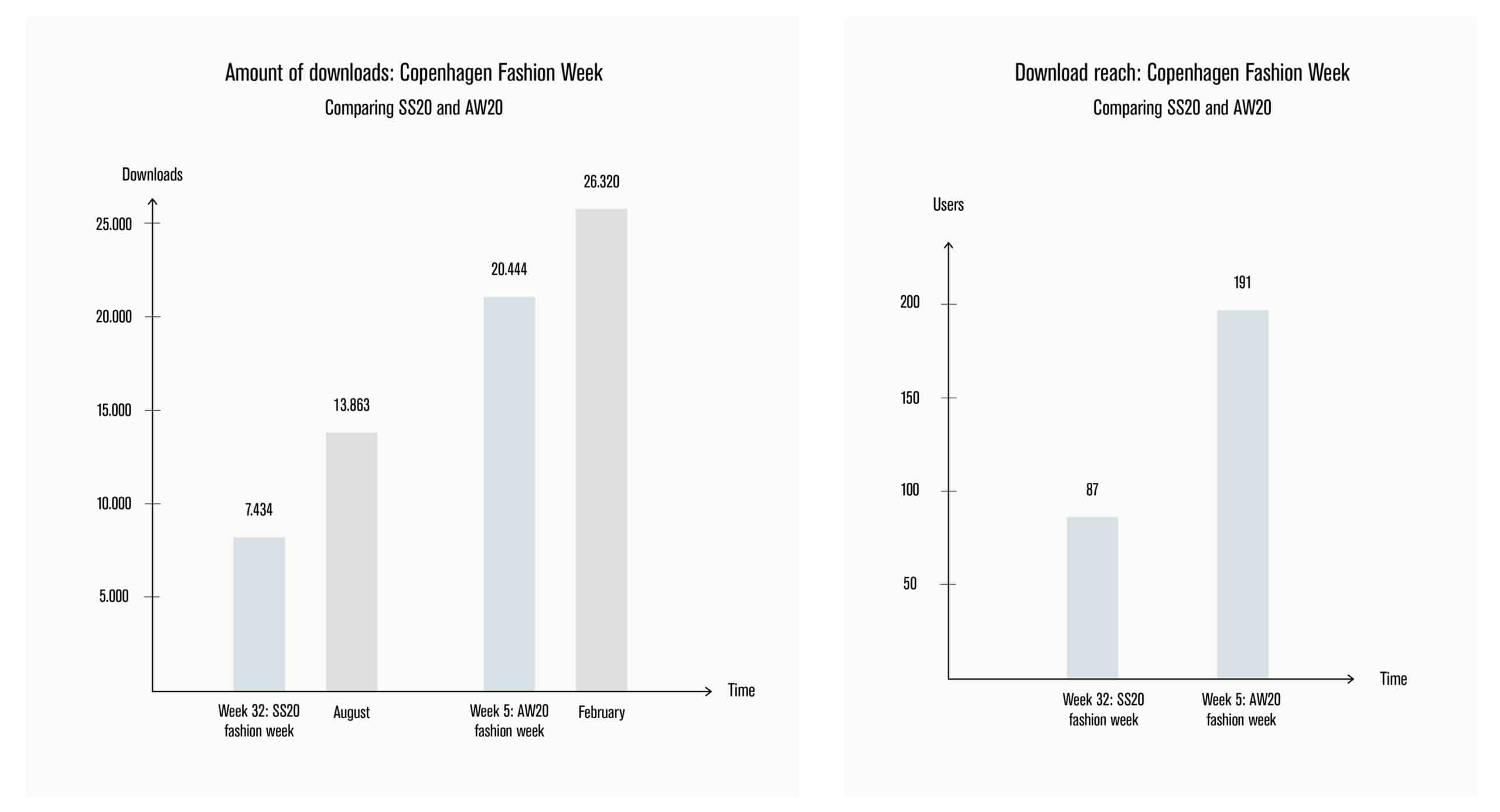International markets value and perceive the importance of lifestyle brands being sustainable, ethical, and transparent differently. Scandinavia in particular is well-known and praised for standing at the forefront of sustainable development. Ranging from fashion...

The DNA of Trends: Where Do Trends Originate And How Long Do They Last?
The DNA of Trends: Where Do Trends Originate And How Long Do They Last?
What is trending in 2020? Fashion Weeks in Paris, Milan and New York? European Championships in football, the Olympics? No. Today, one of the most searched topics on Google is “how to make a face mask”.
From one day to another, a global health crisis can impact our lives in a way we would have never expected. Things that we thought would never happen can all of a sudden become a reality. For design brands this means one thing: they constantly have to act on current developments. But, how can they implement, or even forecast, those changes in our society? Here is an insight into the world of trends.
The fact that the athleisure trend has established itself as a comfortable, but fashionable style is not new. But, when designers and fashion brands began to work on their Spring Summer 2020 collections, they could have never predicted that a pandemic would be making the WFH (working from home) outfit the fashion trend of this season. Women are dressing in comfortable, baggy sweatpants paired with chic blazers and men with home-made “stay at home” buzzcuts. American Vogue has even established the WFH Style to inspire its readers with various quarantine outfits of its editors and to give advice on where to buy stylish face masks.
“A Trend Spreads Like A Virus”
In times like these, the impact of trends on our society, our world, is more present than ever before. Every day, new happenings that influence our daily lives lead to more (or less) creative and innovative ideas related to people and businesses and one thing is clear: trends have the power to let us focus on the perception of “here and now”.
But, what exactly is in the DNA of trends? Where are they born? How are they implemented and when are they over? We have spoken with two trend consultants, Anja Bisgaard Gade and Christiane Varga, about everything you need to know about trends – especially in the lifestyle industry.
What is a trend?
Anja Bisgaard Gade: “A trend is the beginning of a new direction, taking a turn or a twirl or a twist to something that already exists. It starts something new and then over time, will become more normal before something else will become a trend.“
What is the origin of a trend?
Christiane Varga: “That something becomes mainstream and reaches its so-called tipping point has something to do with when and where it happens, also socio-historical wise. A trend originates in a specific context and then it almost spreads like a virus.”
How fast do trends fade?
Gade: “I always distinguish between trend and style: what is a trend and what is more of a stylish look? There will be trends that emerge, such as athleisure or sports influence, that are going to stay for a long time because they have such specific characteristics that people will have a preference to buy it. That also has something to do with the more overarching societal direction, that we are looking for more comfort. We have a more high-paced daily life and are becoming more informal. Athleisure, however, is not a trend anymore. It is a style.“
Varga: “Today, trends are going viral very quickly due to social media. There are fashion and product trends that are associated with a lot of hype. They appear quickly, but are also replaced very soon by another one. There are socio-cultural trends that question how society is changing, and then there are mega trends, such as individualisation or urbanisation. All those trends have something to do with each other, but the mega trends are the most durable, they will last between 30 to 50 years.“
Who sets trends?
Gade: “There is no one who has to decide that something is a trend, that is simply just something that happens. If you only have one person wearing a specific kind of shirt, you cannot say that you have a trend. You need to have consensus and you need to have several touch points to where this trend is allocated, where it has been seen or where it happens. It needs to be more without being too much. There are two ways to look at a trend, you either think: “oh, here is business”, or you consider it as purely inspirational.”
Varga: “In large corporations, there are trend scouts who deliberately deal with trend issues. These people also try to set trends themselves. They get inspired by others and are asking themselves what is happening in the world and what they can adapt from other industries. Logically, a large global corporation has more opportunities and power to place trends consciously.”
How do fashion trends emerge?
Gade: “Before the internet and social media, we had an Avantgarde, where super high-profiled brands from the fashion cities of London, Milan, New York and Paris were coming out with the new season at their haute couture shows before those collections would trickle down to the more mainstream perspective. That is where trends began. Today, you have to look both at the Avantgarde in fashion and on the streets at micro influences.”
Varga: “A trend in the fashion industry is what established people say, such as the fashion trend researcher Lidewij Edelkoort who expresses her opinion over and over again. These are conscious things that are announced regularly. On the other hand, there are also trends that appear all of a sudden, that no one can really explain. It just happens.“
____
Meet the Experts
Christiane Varga is a trend consultant at Zukunftsinstitut, the German institute for researching future trends. She hosts workshops as well as lectures and provides different methods and concepts for companies in the area of trend forecasting.
Anja Bisgaard Gade is a lifestyle trend researcher and developer from Denmark. For more than 20 years, she has observed and analyzed trends within the retail and fashion industry. In 2014, Gade founded her own trend consultancy, SPOTT. “It is a huge, complex trend world – and the difficulty is navigating through those trends,” she says.
Fast Facts:
- “Fashion Week 2020”, “Paris Fashion Week 2020” and “Fashion 2020” are the most used keywords on Google related to fashion within the last 12 months.
- In general, one of the most popular hashtags on Instagram is #fashion with more than 793 million posts worldwide. Other hashtags are #style (461 million), #fashionblogger (115 million) and #fashiontrends (4.4 million).
- Influencers have become more relevant than ever, especially in the digital way of promoting trends. In general, business are making between 5 and 6.5 US-dollars for every dollar they spend on influencer marketing.
The Digital Trend Influence
When it comes to setting trends, the emergence of digitalisation plays an important role. Everything today happens online in shares, clicks and posts. It happens so quickly that everyday there is something new that is trending, that is the main topic of conversation.
Being an influencer in this online world is its own discipline, a 24/7-job. To be a successful influencer, you have to establish a huge fan-base. You need to know how to put things together in a creative way and how to communicate to people, so that they follow your lead. You must be a social media expert.
Using influencers as ambassadors is, therefore, a great potential for brands – especially when it comes to establishing trends. Fashion brands can profit from established influencers who promote their products and set new trends with them.
Fashion Influencers You Must Know
Do you know Caro Daur, Emili Sindlev and Helen Owen? They are some of the most influential personalities in the global fashion world. E-meet them here.
Caro Daur is probably the most well-known fashion blogger from Germany. She has already collaborated with high-end brands, such as Dolce & Gabanna, Fendi, Dior and Valentino for global campaigns, and has been featured for her fashion savvy street style in Vogue, Elle, Harper’s Bazar, InStyle and Grazia.
____
Website: carodaur.com
2.3 million Instagram followers
Credit: Instagram
As the hottest style icon in Denmark, Emili Sindlev is a world-known fashion influencer and stylist. She is one of the main front-runners in transforming Scandinavian style into being more playful, colorful and daring.
____
409k Instagram followers
Credit: Instagram
Helen Owen is an LA-based model and a social media favorite. She sees herself as a travelling creative and works as an influencer, model, blogger and designer.
____
Website: helen-owen.com
1.6 million Instagram followers
Credit: Instagram
What Are The Up-Coming Trends?
Christiane Varga: “This decade will be a lot about climate, ecology and neo-ecology, which is always somehow reflected in fashion. Sustainable fashion will definitely be a topic, but more in a way that it differentiates itself from its staid eco-image, and will become cooler and more exciting. I am convinced that an even greater awareness of fair fashion will be established.”
Anja Gade: “Trends like sustainability, space sports and heritage will merge into new variations and combinations. We do not necessarily change the colors overall, but we bring new things that are put together. Things change a little bit over time. So you do not even notice it that much, you feel that something is standing still.”
The Impact of Trends
Trends alway occur at a certain time and in a certain place, driven by specific events and reflected in different areas, such as in fashion. We express and communicate something with what we are wearing, regardless of what it is we are communicating.
Alternatively, fashion is also a product in the lifestyle world, something that we touch and have in connection with our body. Fashion can be superficial, yet it is also deeply meaningful because it is linked to our core identity. It is what we put on the surface – and that is where the difficult choices come, when we stand in front of our wardrobe.
Change is the core DNA of trends. As consumers, we have the urgency to buy new things and we become bored if things are the same all the time. The message is clear: there is a strong potential for brands to act on trends and digitalisation offers new ways to support that.
Our lifestyle researchers constantly create and update curated lists with handpicked media, experts and high profile contacts from the fashion, home interior and lifestyle industries in 10 different markets. We provide contacts from Denmark, Sweden, Norway, The UK, The US, France, Germany, The Netherlands, Belgium and Italy.
SIGN UP TO OUR NEWSLETTER
Get free knowledge on how to optimize your B2B marketing & new product releases.
RELATED POSTS
Sustainable Lifestyle: green is the new black
How Pinfluencers can benefit from digital showrooms
Pinterest is a social media platform that most people use as an online vision board. Pinterest is capturing dreams - being used as a tool to plan the future. So why not take part in planning the future? Pinterest offers you the opportunity to meet your customers when...
Vogue Scandinavia
This August, the highly anticipated Vogue Scandinavia was launched. Comprising a whole region, the edition covers the Nordic countries of Norway, Sweden, Denmark, Finland and Iceland. The magazine aims to be an emblem of modern Nordic fashion, combining elements from...








